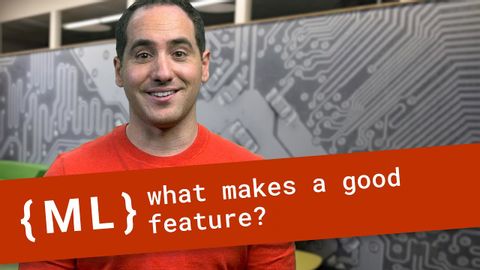什麼才是一個好的特徵?- 機器學習食譜#3 (What Makes a Good Feature? - Machine Learning Recipes #3)
scu.louis 發佈於 2021 年 01 月 14 日  沒有此條件下的單字
沒有此條件下的單字US /ˈɛpɪˌsod/
・
UK /'epɪsəʊd/
- n.插曲;集;(電視或廣播節目的)一集;事件;一段時期;(疾病的)發作
US /prɪˈtɛnd/
・
UK /prɪ'tend/
- v.t./i.假裝;裝做
- adj.虛假的
- n. (c./u.)假裝
- v.t./i.出現;估計;我認為〜;認為
- n.身影;(計算過的)數量;肖像;圖;形狀;人物;名人;人影;數字
US /ˈmʌltəpəl/
・
UK /ˈmʌltɪpl/
- adj.多重的;多種的;多發性的;多重的
- n. (c.)多;多個的;乘數
- pron.多重的

